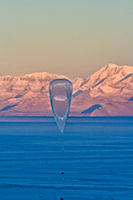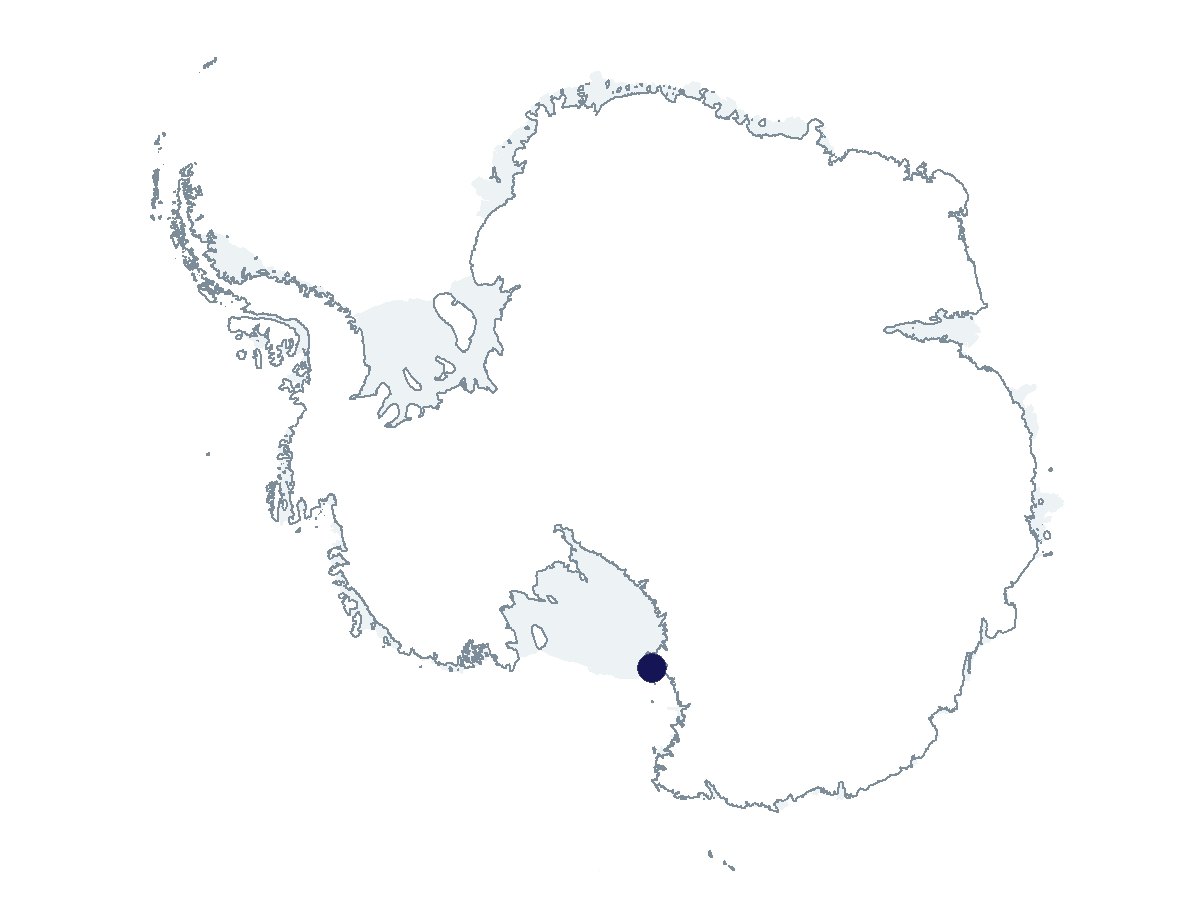2023-2024 USAP Field Season
Project Detail Project TitleMeasurement of stratospheric aerosol to altitudes above 35 km in Austral autumn Summary
Event Number:
Program Director:
ASC POC/Implementer: Principal Investigator(s)
Dr. Terry Deshler
Location
Supporting Stations: McMurdo Station DescriptionParticles in the atmosphere play key roles in controlling the earth's hydrologic, chemical, and radiation balances. In the troposphere, aerosols provide surfaces for cloud formation, for the absorption of trace gas pollutants, and they either warm or cool the earth depending on their optical properties. In the stratosphere, they provide surfaces for the conversion of chlorine from a passive to an active state, which will catalytically destroy ozone, crucial as a filter against damaging UV radiation. Stratospheric aerosols also contribute to increasing the solar albedo and to the absorption of terrestrial infrared radiation. Particles are self-limiting through the formation of new particles, growth through diffusion, coagulation, condensation of trace gases, and ultimately sedimentation and deposition or capture by clouds. This project obtains in-situ measurements of the total aerosol concentration and volatility from the surface to above 35km over McMurdo Station in April and May by flying six balloon-borne condensation nuclei (CN) counters from the station. Field Season OverviewA four-person field team deployed to McMurdo Station during winter 2023 and hand-launched balloon-borne instrumentation. Eight missions were successfully conducted and terminated over the Ross Ice Shelf to the west of Ross Island. During the summer 2023-24 season, these instrument packages will be recovered. A two-person field team will deploy to McMurdo Station to perform the recoveries via helicopter missions to the termination sites. VHF locating beacons mounted on the instrument packages, guide the team to the vicinity of the instruments, where upon they are spotted visually from the air and retrieved by a landing at the recovery site.
Deploying Team Members
|
2023-2024 Science Planning Summary



For USAP Participants |
For The Public |
For Researchers and EducatorsContact UsNational Science FoundationOffice of Polar Programs Geosciences Directorate 2415 Eisenhower Avenue, Suite W7100 Alexandria, VA 22314 Sign up for the NSF Office of Polar Programs newsletter and events. Feedback Form |



